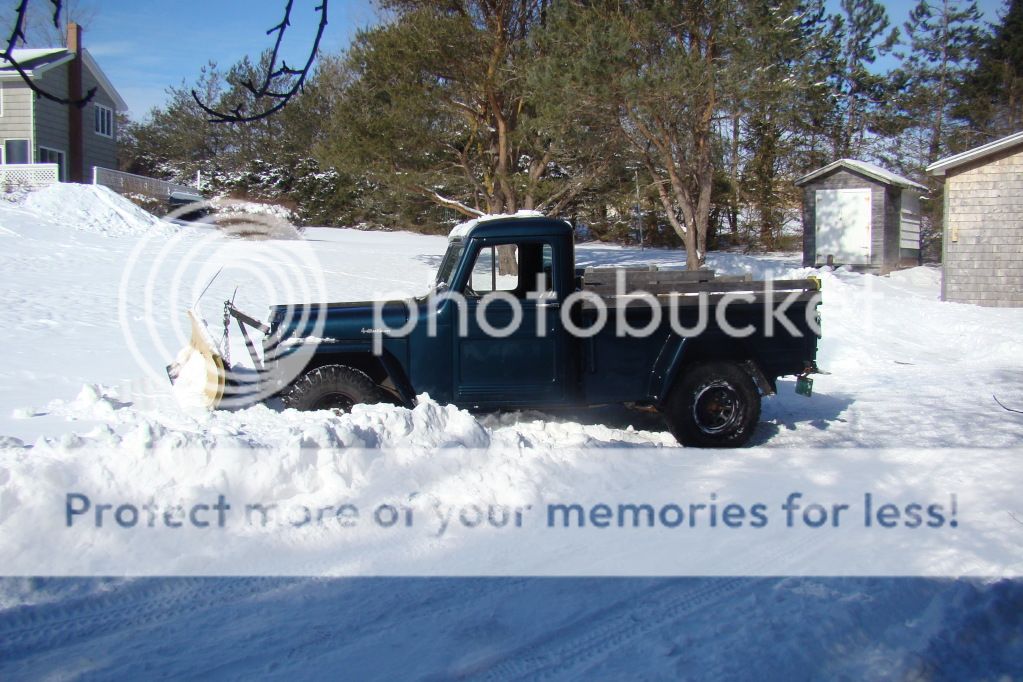- Sep 22, 2013
- 10
Im trying to figure out what would be the best system for me with money no issue. I am building a rancher approx. 1800 sq ft . on a slab with no basement. My walls will be 2x6 with r20 plus 2 inch Styrofoam on outside of walls for approx. r35 walls. I will have infloor pex for hot water in floor heating. My system would be outdoors approx. 75 feet from my home or 100 feet. Any suggestions is greatly appreciated whether I should buy OWB or gasifier unit,,most of my wood would be birch....I can build a small building say 10 x 10 for a indoor unit if that would be better...thanks for any info.


